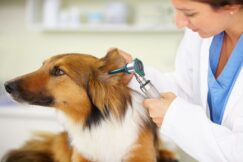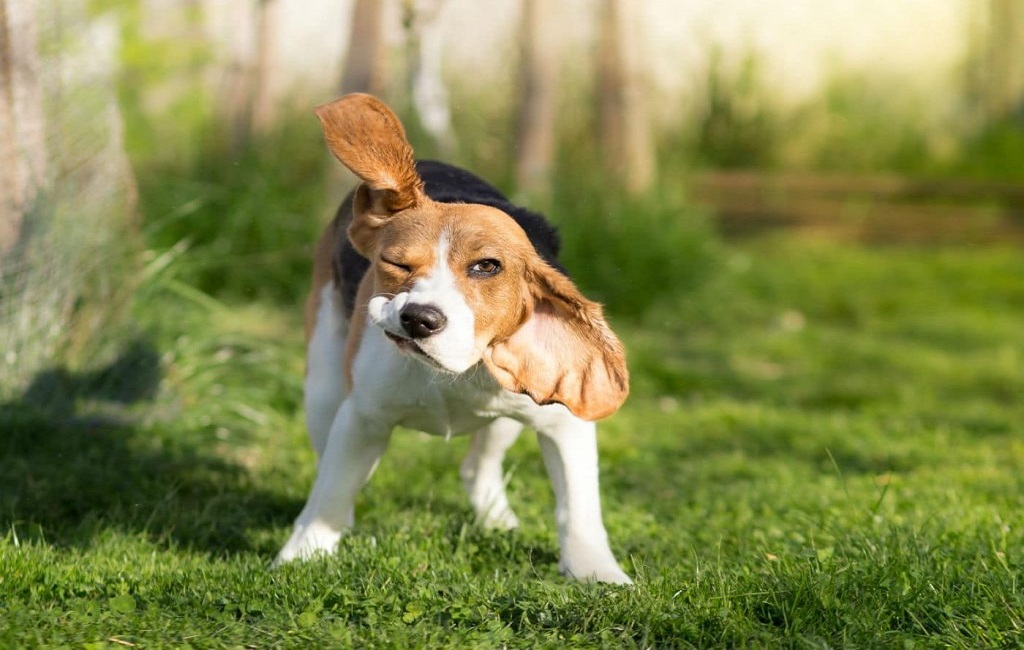If you’re a dog owner, you may be considering spaying your female dog. Spaying is a common surgical procedure that involves removing the ovaries and uterus of a female dog to prevent unwanted pregnancies and reduce the risk of certain diseases. After the spay surgery, it’s natural to wonder how long it will take for your furry friend to fully recover. In this article, we will explore how long does it take for a dog to recover from being spayed, post-operative care, and what to expect during the healing period.
Understanding the Spay Surgery
Before delving into the recovery period, let’s briefly touch upon the spay surgery itself. During the procedure, your dog will be placed under general anesthesia, ensuring she feels no pain. The veterinarian will make an incision in the abdomen to access the reproductive organs. After the sutures or surgical staples are placed to close the incision, it’s essential to keep the area clean and dry. It’s also worth noting that if you have a dog, you should be mindful that dogs may try to lick the incision site, which can lead to infection.

The Immediate Post-Operative Period
Immediately after the surgery, your dog will be closely monitored in a recovery area. The veterinary staff will keep an eye on her vital signs and ensure she wakes up from the anesthesia smoothly. This period usually lasts a few hours until your dog is deemed stable and ready to go home.
The First Few Days
In the first few days following the spay surgery, your dog may experience some discomfort and lethargy. It’s important to create a calm and quiet environment for her during this time. Provide a cozy space for resting, away from noisy activities and other pets. It’s common for dogs to have a decreased appetite initially, but they should regain their normal eating habits within a day or two.
Managing Pain and Discomfort
To help your dog during the recovery process, your veterinarian may prescribe pain medication. It’s crucial to administer the medication as directed to ensure your dog remains comfortable. Additionally, you can provide a warm and soft bed for her to rest, which can help alleviate any discomfort.
Limiting Physical Activity
During the healing period, it’s important to restrict your dog’s physical activity to prevent any complications. Jumping, running, and playing should be avoided for at least 10 to 14 days after the surgery. Your veterinarian will provide specific guidelines based on your dog’s age, size, and overall health.
Incision Care
Proper care of the incision site is crucial to prevent infection and promote healing. Your veterinarian will provide instructions on how to clean and care for the incision. It’s essential to follow these instructions diligently. Monitor the incision for any signs of redness, swelling, discharge, or excessive licking, and report any concerns to your veterinarian promptly.

The Healing Process
The healing process for a spayed dog typically takes around 10 to 14 days. During this time, you may notice some swelling or bruising around the incision site. This is normal and should gradually improve as the days pass. It’s important to keep a close eye on the incision and report any unusual changes to your veterinarian.
Post-Operative Follow-up
After the spay surgery, your veterinarian may schedule a follow-up appointment to check on your dog’s progress. During this visit, the incision site will be examined, and any necessary stitches or staples will be removed. Your veterinarian may also discuss post-operative care and answer any questions or concerns you have.
Conclusion
Spaying your female dog is an important decision that comes with responsibilities during the recovery period. By providing proper post-operative care, limiting physical activity, and monitoring the incision site, you can ensure a smooth and successful recovery for your furry companion. Remember to follow your veterinarian’s instructions and reach out to them if you have any concerns. With time, patience, and love, your dog will be back to her happy and healthy self in no time.
FAQs (Frequently Asked Questions)
1. Will my dog experience any side effects from the surgery?
While spaying is generally a safe procedure, some dogs may experience minor side effects such as temporary changes in behavior or appetite. If you notice any concerning symptoms, contact your veterinarian.
2. Can I bathe my dog during the recovery period?
It’s best to avoid bathing your dog until the incision has fully healed and any stitches or staples have been removed. This typically takes about 10 to 14 days.
3. When can I resume regular exercise and playtime with my dog?
Your veterinarian will provide specific guidelines, but typically, it’s safe to resume regular exercise and playtime after 10 to 14 days of the surgery. However, it’s essential to start slowly and gradually increase activity levels.
4. Is it normal for my dog to lick the incision site?
Some dogs may be inclined to lick the incision site, but excessive licking can impede the healing process. To prevent this, you can use an Elizabethan collar or discuss alternative solutions with your veterinarian.
5. Are there any long-term health benefits to spaying my dog?
Yes, spaying your dog offers several long-term health benefits, including a reduced risk of certain cancers, uterine infections, and unwanted pregnancies. Consult with your veterinarian to understand the specific advantages for your dog’s breed and age.




